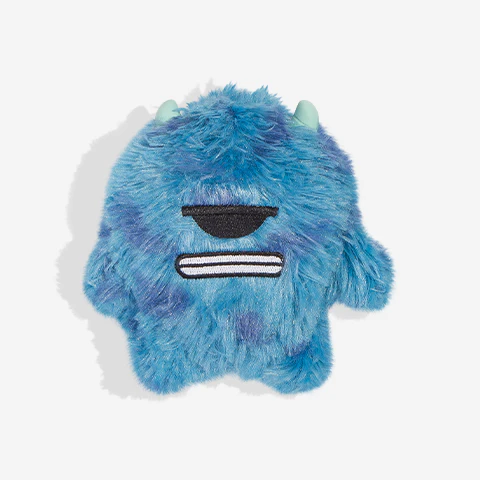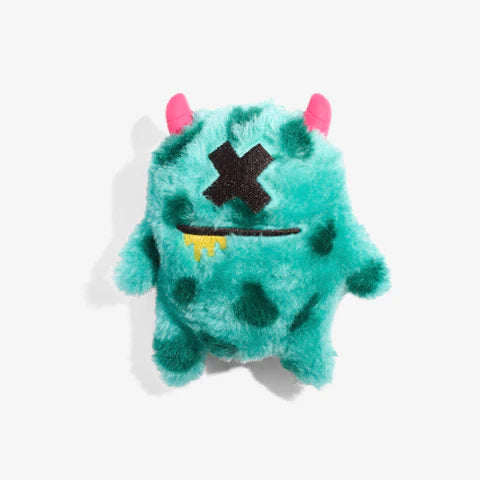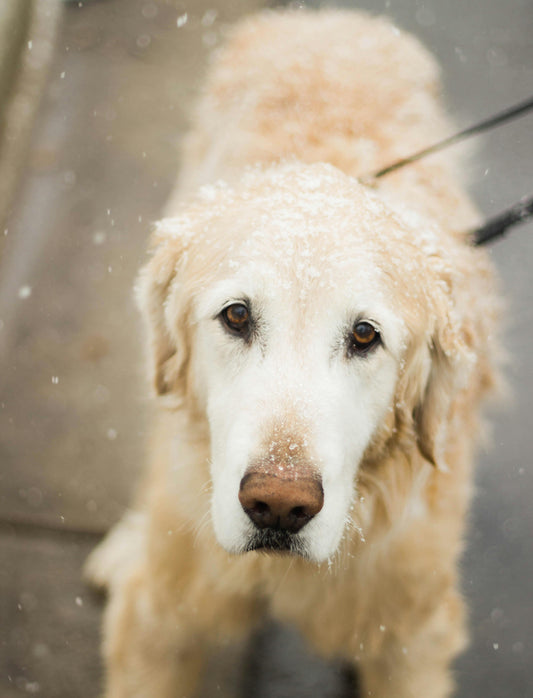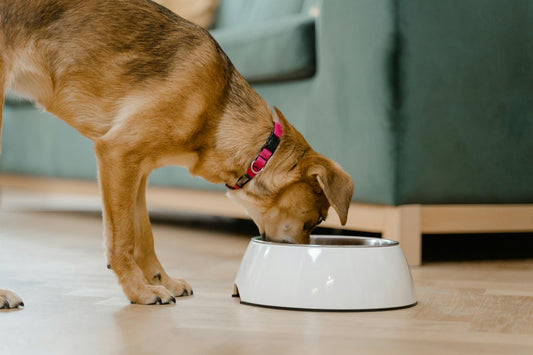Separation anxiety in dogs is a common issue that can cause distress for both the pet and their owner. Dogs are social animals and can become anxious when left alone for extended periods. Separation anxiety can manifest in various ways, including destructive behavior, excessive barking, and urination or defecation in inappropriate places.
Fortunately, there are ways to treat separation anxiety in dogs. One effective method is behavior modification training, which involves gradually exposing the dog to being alone and rewarding calm behavior. Another approach is to provide the dog with toys and treats that can keep them occupied and distracted while their owner is away. In severe cases, medication prescribed by a veterinarian may be necessary.
It is important for dog owners to recognize the signs of separation anxiety and take action to address the issue. With patience and consistency, separation anxiety can be successfully treated, improving the well-being of both the dog and their owner.
Understanding Separation Anxiety in Dogs
Separation anxiety is a common problem that many dogs experience when they are left alone. Dogs are social animals and they can become anxious when they are separated from their owners or other dogs. Separation anxiety can manifest in different ways, such as barking, destructive behavior, and house soiling.
It is important to understand that separation anxiety is not a behavior problem, but rather a symptom of an underlying anxiety disorder. Dogs with separation anxiety may feel intense fear or panic when they are left alone, which can lead to destructive behavior or self-injury.
There are several factors that can contribute to separation anxiety in dogs, including genetics, early life experiences, and lack of socialization. Dogs who have experienced major changes in their lives, such as a move or the loss of a family member, may also be more prone to separation anxiety.
Treatment for separation anxiety typically involves a combination of behavior modification and medication. Behavior modification techniques, such as desensitization and counterconditioning, can help dogs learn to feel more comfortable when they are left alone. Medications, such as antidepressants or anti-anxiety drugs, can also be used to help manage the symptoms of separation anxiety.
It is important to work with a veterinarian or a qualified dog behaviorist to develop a treatment plan that is tailored to your dog's individual needs. With patience and consistency, most dogs with separation anxiety can learn to feel more comfortable when they are left alone.
Effective Treatment Strategies
Behavioral Training Techniques
Behavioral training techniques are an effective way to treat separation anxiety in dogs. These techniques involve gradually getting the dog used to being alone, starting with short periods and gradually increasing the time. This helps the dog learn that being alone is not something to be feared.
One technique is called counter-conditioning, where the dog is given a positive experience when left alone. This can include giving the dog a special treat or toy that they only get when left alone. Over time, the dog will associate being alone with something positive and enjoyable.
Another technique is desensitization, where the dog is exposed to the triggers of their anxiety in a controlled environment. For example, if the dog becomes anxious when the owner puts on their shoes, the owner can put on their shoes but not leave the house. Gradually, the owner can put on their shoes and leave the house for short periods of time, increasing the time as the dog becomes more comfortable.
Environmental Modifications
Environmental modifications can also be helpful in treating separation anxiety in dogs. This can include providing the dog with a safe and comfortable space to be alone, such as a crate or a specific room in the house.
Leaving the dog with something to do, such as a puzzle toy or a chew toy, can also help keep the dog occupied and less anxious.
Additionally, leaving the radio or television on can provide background noise that can be soothing for the dog.
Professional Interventions
In severe cases, professional interventions may be necessary to treat separation anxiety in dogs. This can include medication prescribed by a veterinarian, such as anti-anxiety medication.
Working with a professional dog trainer or behaviorist can also be helpful in developing a personalized treatment plan for the dog. They can provide guidance and support throughout the training process, as well as identify any underlying issues that may be contributing to the dog's anxiety.
Overall, effective treatment strategies for separation anxiety in dogs involve a combination of behavioral training techniques, environmental modifications, and professional interventions. It is important to work with a veterinarian or professional trainer to develop a personalized treatment plan for the individual dog.








